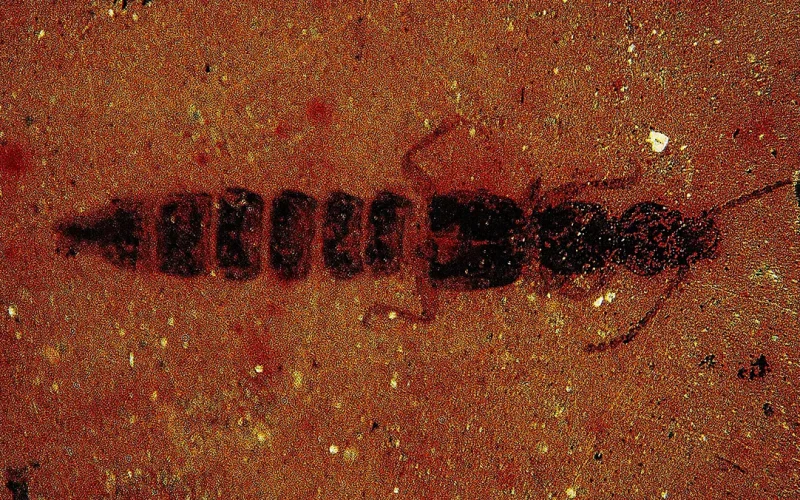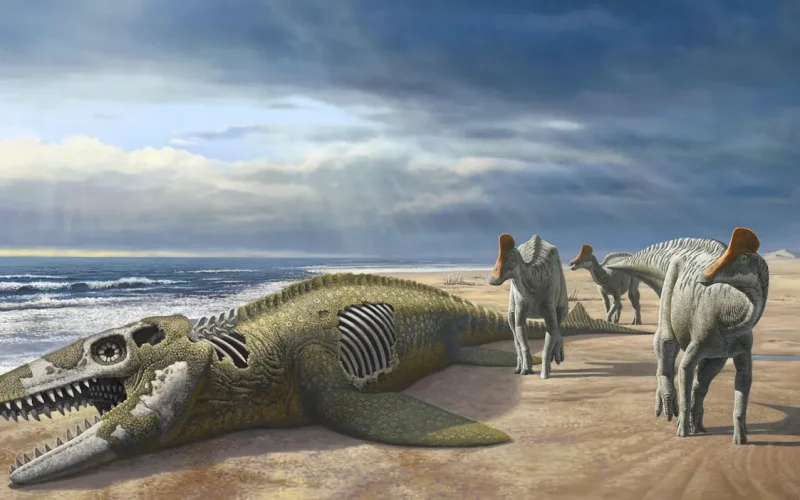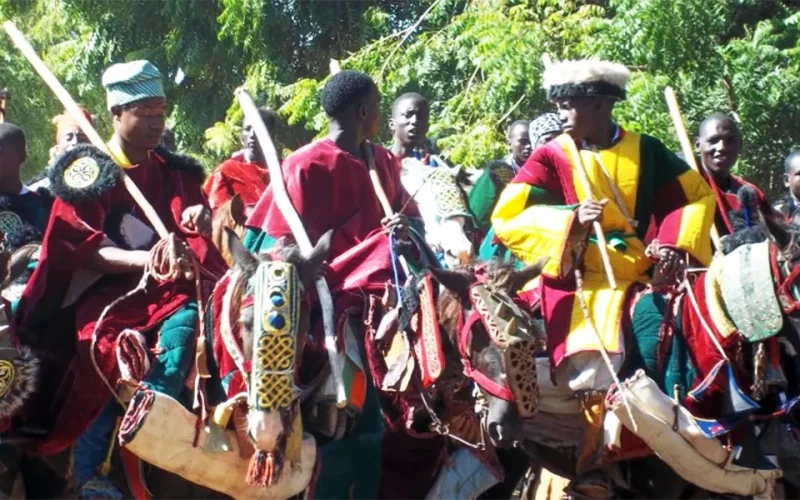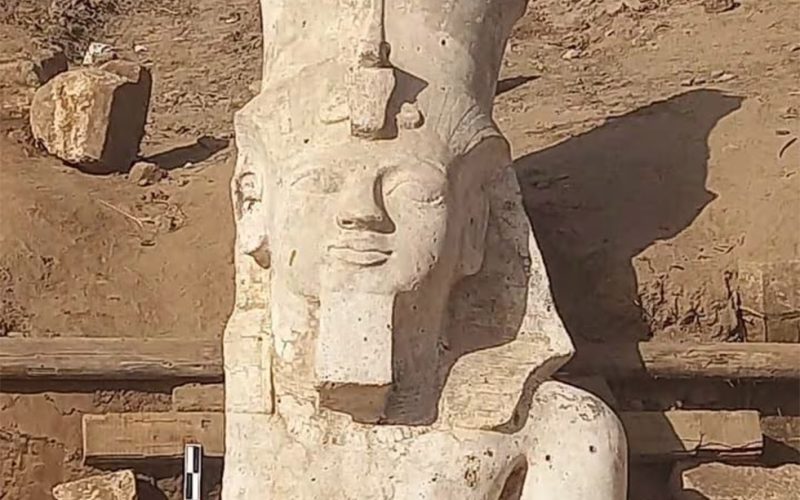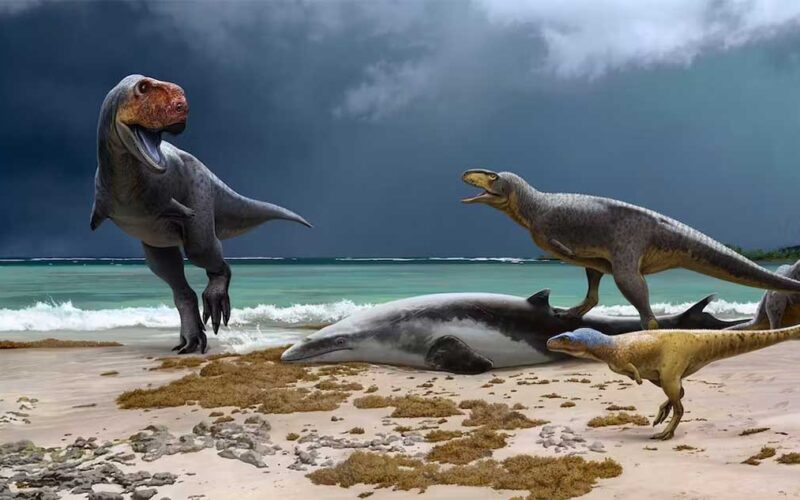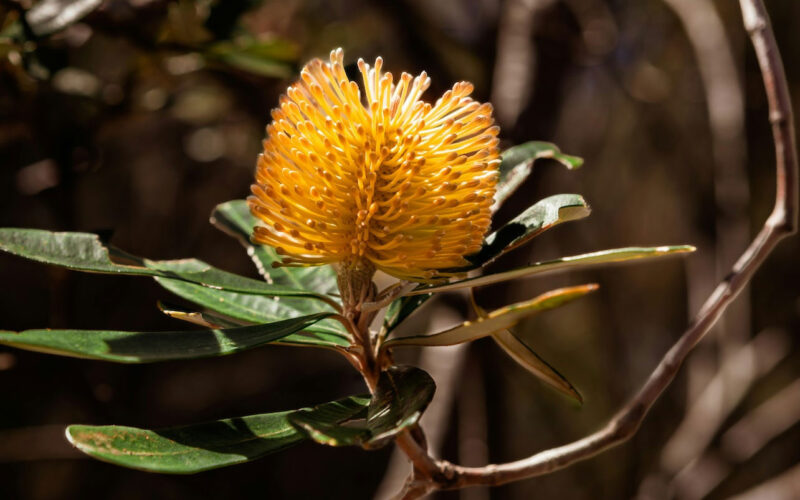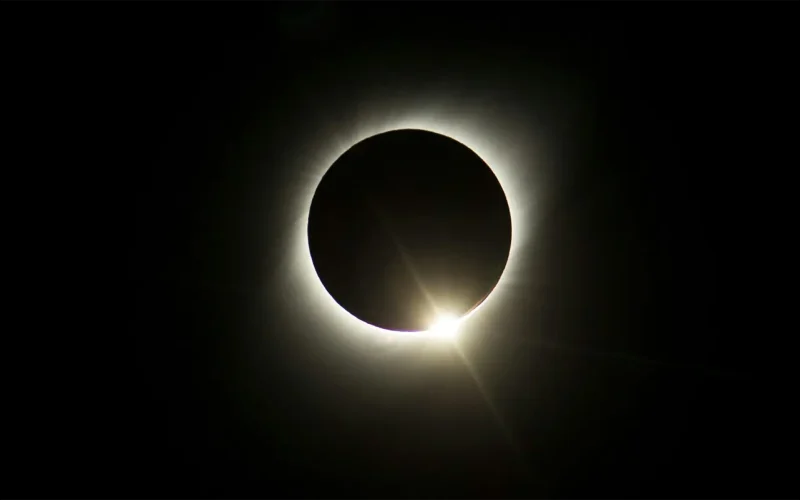
Eclipses aren’t just visual spectacles, they are at the heart of scientific efforts to understand distant planets
THE total solar eclipse across North America on April 8 2024 is a stunning and memorable event for everyone in its path. However, eclipses are not just valued for their visual impact, they are at the heart of cutting-edge science. Eclipses can tell us a vast amount about distant planets beyond our Solar System – or exoplanets. Since the first exoplanet was detected in 1992, astronomers have discovered more than 5,600 worlds orbiting stars other than the Sun. They have used a variety of powerful telescopes to observe them. However, as with the total solar eclipse, there is still a…

